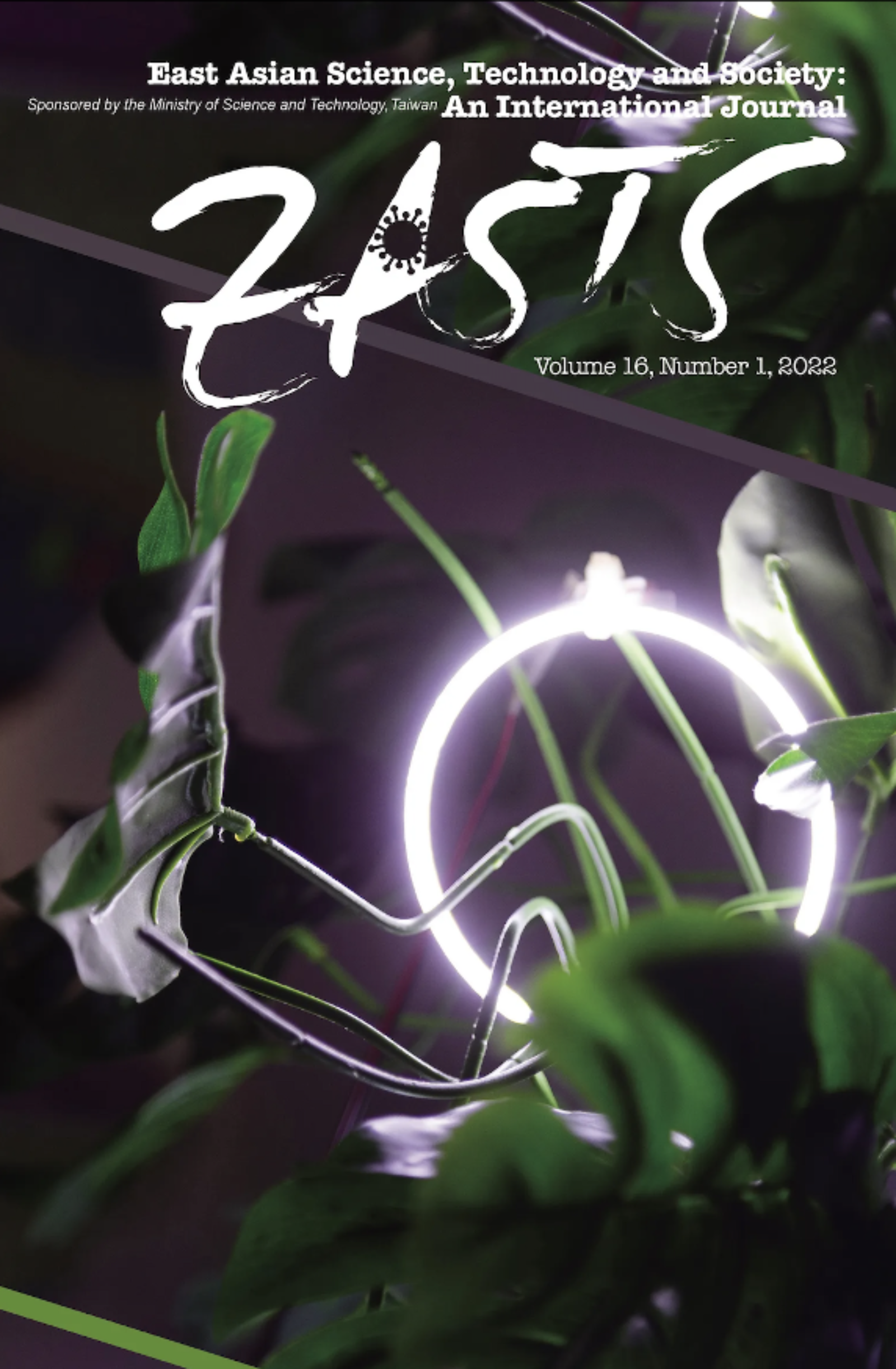The forum article “COVID Mask Wearing: Identity and Materiality” by historians Scott Gabriel Knowles and Sharrona Pearl and sociologist Rashawn Ray offers an overview of mask wearing as identity expression, the diverse stylistic history of mask wearing, and contemporary debates around masks in China, Japan, and South Korea. The authors write in response to Western media generalizations of various Asian cultures as indistinctly “Asian” and “collectivist” to rationalize the successful control of the COVID-19 pandemic in several Asian countries, in contrast to the high death toll of the pandemic in Western countries such as the US and Italy. Western media narratives depict Asians as a homogenous population that willingly complies with pandemic regulations, which the authors argue is racist and Orientalist. To refute these oversimplified views on Asian identity and mask wearing, they outline a series of historical academic articles that “in their organization and temporality make it very hard to draw flat conclusions about ‘Asian mask wearing’ as a simplistic, durable tradition ascribable to national identity” (Knowles, Pearl, and Ray 118), drawing on the dual perspectives of history and material culture.
Even in the US, people wore masks to express their identity in different ways. In their previous research, the authors observed Black people in the US wearing masks with bright colors and smiley faces to appear less intimidating. Journalists have documented protestors on both sides of the political spectrum wearing masks with political slogans. Historically, people from Asian cultures also wore masks for different reasons including hygiene, as well as for warmth and protection from the elements, varying based on factors such as scientific knowledge and weather conditions. For example, mask wearing in late nineteenth-century Japan was associated with medical professionals and the elite due to their work and technical knowledge in containing disease outbreaks, which cultivated a “more elite culture of masking” (Knowles, Pearl, and Ray 120).
At the same time, the authors investigate the materiality of masks, or as objects that are engineered, marketed, and consumed. The style and manufacturing techniques for masks allow them to set themselves apart from other models and reflect societal discourses of their respective time periods. The authors raise the example of masks released around the 2000s in Korea to keep out “Hwangsa,” a fine particulate dust, which led to the emergence of a materials performance standards system and the growth of customer feedback towards masks. During COVID-19, these discussions evolved into what was the “appropriate grade of mask” to defend against the virus, marking an intersection in public discussion between technology and public health. The authors foresee emerging debates about mask production and waste in the wake of supply chains and the worldwide pandemic in 2022, as well as the growing status of masks in future life narratives. This article describes the ignorance of Asian cultural diversity in Western media representations, which became a common phenomenon during the pandemic. The authors bring together historical research from different cultural backgrounds in Asia that employ mask wearing as a lens to reveal the intricacies of different Asian cultures. Aside from protection, the choice to wear masks and the model of masks worn were expressions of political and national identity and social class, while masks as products reflect social issues of public health, technology, and collective responsibility. The authors emphasize the need for accurate representation of mask wearing to preserve narratives of pandemic life for future study.

Image Captions:
Cover image of East Asian Science, Technology and Society: An International Journal, vol. 16, no. 1.Citation: Knowles, Scott Gabriel, Sharrona Pearl, and Rashawn Ray. “COVID Mask Wearing: Identity and Materiality.” East Asian Science, Technology and Society: An International Journal, vol. 16, no. 1, 1 Apr. 2022, pp. 117–123. https://doi-org.ezproxy.lib.torontomu.ca/10.1080/18752160.2021.2015134. NON-FICTION, SCHOLARLY ARTICLE | CHINA, JAPAN, SOUTH KOREA. ll
Source Type: Scholarship on COVID-19 Studies
Country: China, Japan, and South Korea
Date: 01-Apr-2022
Keywords: Asia, Asian Cultures, History, Identity, Mask Wearing, and Materiality